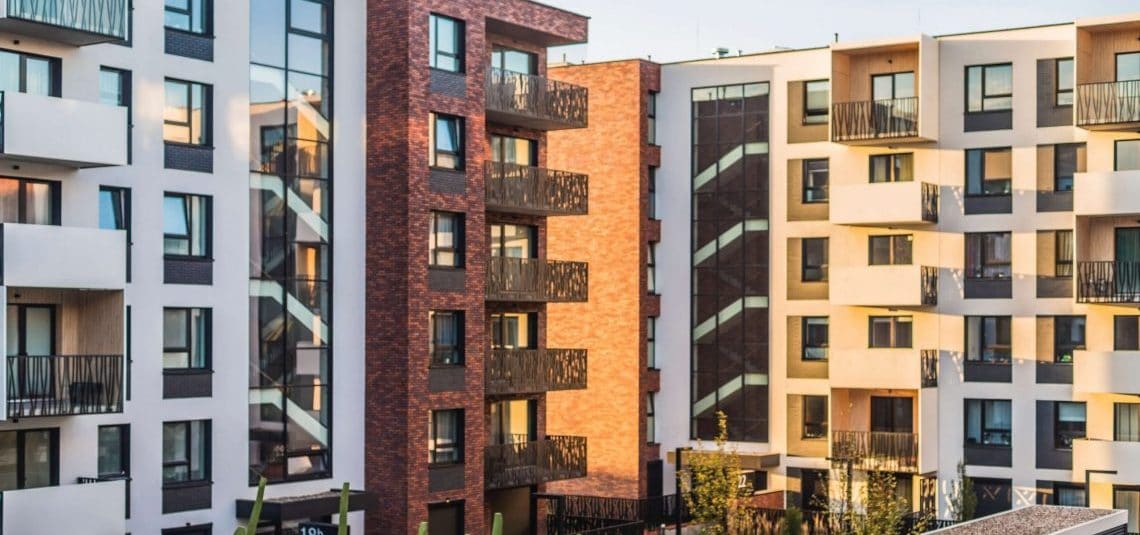The UK is a hotspot for buy-to-let, and it’s often regarded as one of the safest ways to invest money. It involves purchasing a property – usually with a buy-to-let mortgage – and renting it out to tenants. The private rented sector is worth £1.3 trillion, with the demand for private rental accommodation growing. On the face of it, you might just think that buy-to-let is worth it. But there are other factors involved, and it’s not the sort of thing you should jump into without doing the research. That’s why we’ve put this guide together, detailing everything you need to know about the buy-to-let market here in the UK.
Why invest in buy-to-let?
Housing values tend to go one way in the UK, and that’s up. Over the last 10 years, property prices have increased by an average of 13%. And while there’s never a guarantee, many see investing in bricks and mortar as less volatile than other investment types, such as the stock market.
On top of potential capital appreciation, you can expect to receive monthly rental income for your property. There’s also the bonus of interest rates currently sitting at an all-time low, which means competitive buy-to-let mortgage offers are available. Combine all of these factors, and they start to paint an attractive picture.
First-time buyer in the buy-to-let market
You’ll need to research the market and consider many factors, such as whether you should buy a property close to home or further away. The best buy-to-let investments are areas where you can enjoy both capital appreciation and high yields. However, it’s not always possible to achieve both.
Look for promising areas where there is growth potential. These involve postcodes with new transport infrastructure or regeneration that brings more restaurants and shops to a neighbourhood.
Study the consumer belt, proximity to schools if you’re buying a house, green spaces, and the general vibrancy of an area. Ideally, you’ll find somewhere that people want to live, a neighbourhood that’s growing in popularity.
Some landlords prefer to buy closer to where they live, especially if they manage the property independently. But casting your net further afield widens your options and offers the opportunity to spot emerging neighbourhoods that might be investment-friendly.
First-time landlord mortgage
Buy-to-let mortgages were created in 1996 as a way for landlords to borrow on an interest-only basis. The goal with buy-to-let is to rent out the property. So if that’s your intention, then it’s worth exploring your buy-to-let mortgage options, especially if you can’t fund the entire purchase with the money you’ve saved.
Lenders typically want the rent to cover 125% of the mortgage repayments, and you usually need a deposit of around 25% of the property’s value. Use an online mortgage calculator to see if you can afford the rental payments and if the expected rent on the property matches the lender’s lending requirements.
Before you apply for the mortgage, the lender or broker will ask you a set of questions to see if you qualify. If you’re using a digital lender like Molo, you can answer a few simple questions in seconds and see how much you can potentially borrow with a mortgage in principle (MIP).
Fixed-rate or variable mortgage?
Fixed-rate
Fixed-rate mortgages lock you into the interest rate for a set period of time, usually between two and five years (though longer options are available). If the Bank of England base rate changes during this time, your mortgage interest will stay the same. So if it increases, you will carry on paying your agreed fixed rate. However, if it decreases, you will still be locked into the fixed rate.
Variable rate
The variable rate follows the base rate – if it goes up, so does your mortgage interest. However, if it decreases, your interest rate goes down, and the monthly repayments are lower. Once the variable or fixed rate ends, you will be moved onto the standard variable rate SVR, which is considerably higher than the fixed or variable. At this point, most people remortgage to get back onto a better rate.
Don’t forget the expenses
Owning a buy-to-let can be profitable, but there are also expenses to consider. As the landlord, you’re responsible for maintenance repairs while a tenant is living in the property. If the boiler breaks, you’ll need to replace it. If there’s a plumbing issue, you’ll need to hire a plumber.
Most of these expenses are tax-deductible, but you’ll still need to factor in the costs when deciding if buy-to-let is worth it. You should also consider factors like void periods, which is when your property is empty.
If there’s no tenant, you can’t receive rent, and you’ll be expected to pay for utilities and council tax while the property is empty. Most landlords save around one month’s rent as an emergency fund for aspects like maintenance.
Upfront and ongoing costs
Landlords can no longer claim the interest rates from a mortgage on their tax return and are also required to pay an extra 3% stamp duty to purchase a second home. This had made being a landlord more expensive than it was previously.
There is also insurance to consider, such as landlords insurance, contents insurance if you furnish the property and rent guarantee insurance, which can safeguard you against tenants who fail to pay the rent.
Don’t forget about the tax
If you earn over £12,500 per year, you’ll be required to pay tax. Because being a landlord is a form of self-employment, you’ll need to submit a tax return, either by yourself or through an accountant.
When you’re doing the calculations to see if buy-to-let is worth it, you’ll need to factor in the tax aspect. As a landlord, you will have expenses like maintenance that can reduce your tax bill. The last thing you want is to get hit with a bill you’re not expecting when your tax return is due.
Tenant personas
It’s easy to try and make as much money as possible when renting a buy-to-let, but the quality of the tenant is usually a better way to gauge things. A tenant who stays for the long term is potentially more valuable than one who pays more but leaves after a year.
Instead of imagining whether you would like to live in your investment property, put yourself in the shoes of your target tenant. You’ll want to think about the quality of the tenant and if they will look after the property. Put yourself in the shoes of the target tenant and think about what they’d want from their living experience.
Are they students, professionals, or a family? These are all aspects you need to consider. For example, a young professional couple will likely want to live somewhere modern and stylish, while a family will crave space.
Final thoughts: is buy-to-let worth it?
Purchasing a buy-to-let can be a smart investment if you take the required time to research the market and understand the landscape. You should always consult with people who have experience in buy-to-let and even accountants who can help you better understand the expenses involved. By having all of the relevant information to hand, you can make a smart decision about whether or not to get a buy-to-let.


